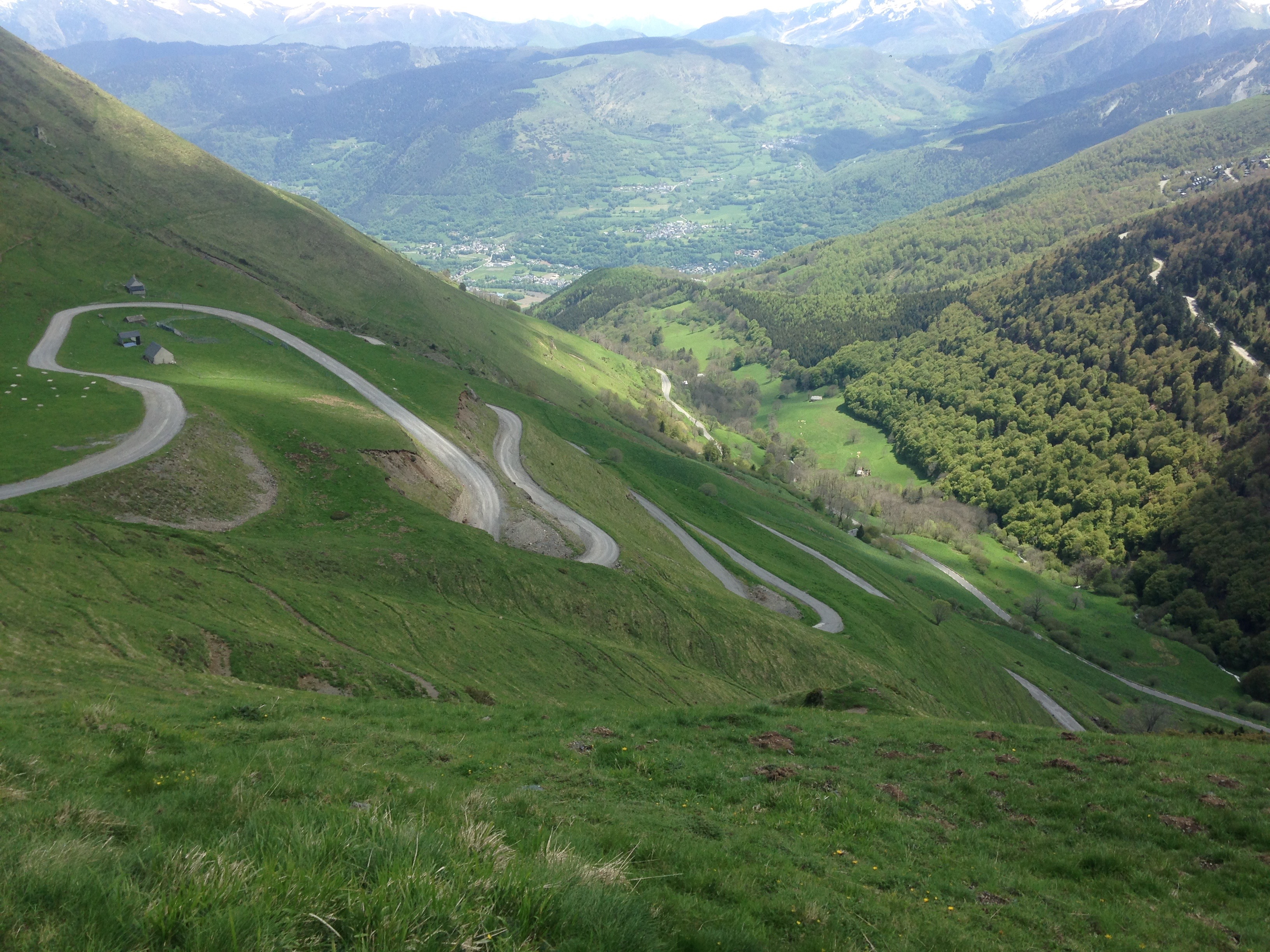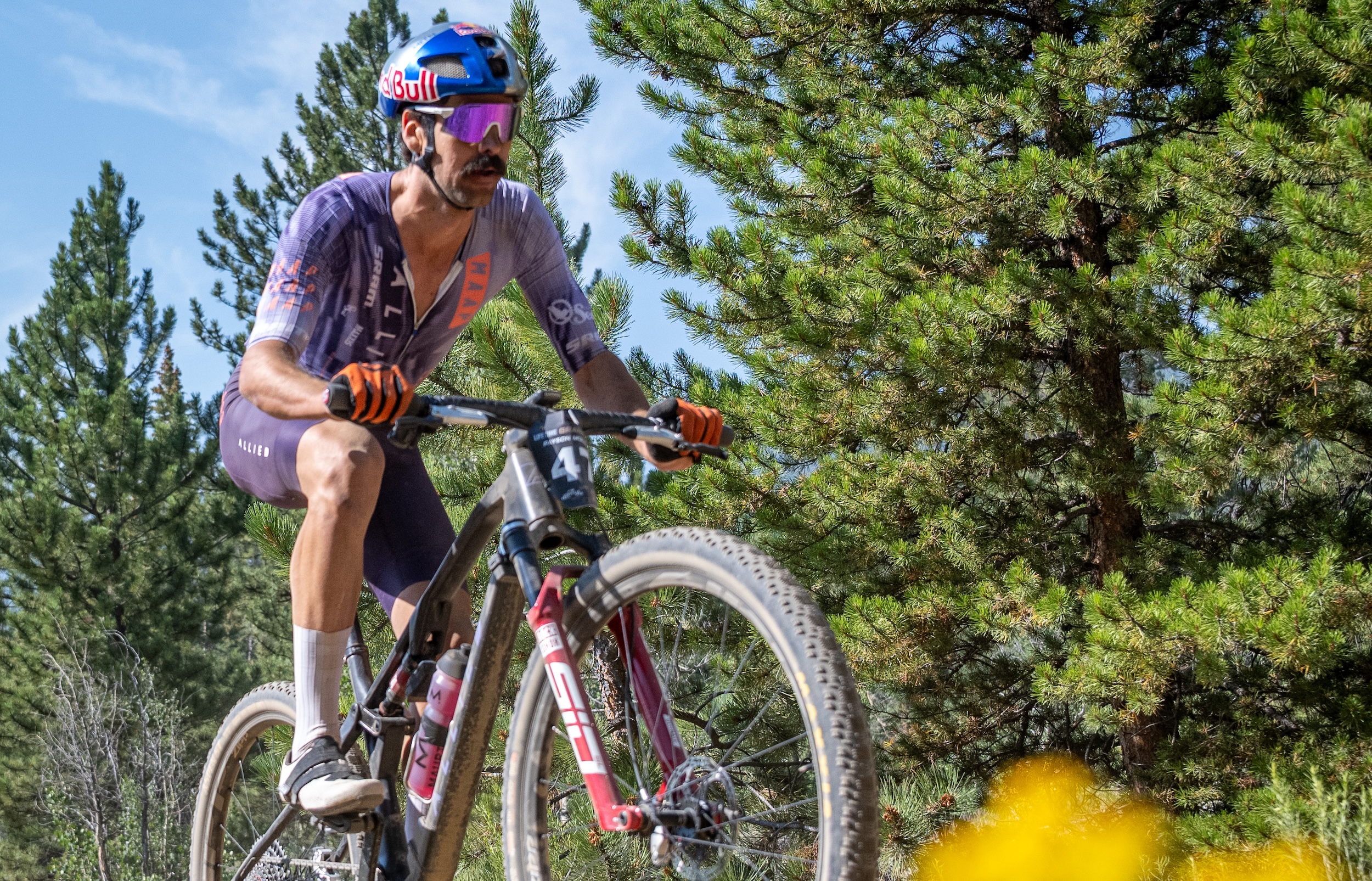The majestic Col du Portet: the Pyrenean climb that could decide the 2021 Tour de France
A book extract from A Cyclist’s Guide to the Pyrenees by Peter Cossins

Stage 17 of the Tour de France finishes at the Col du Portet ski station at a breathtaking 2215m and is the hardest mountain finish of the 2021 race.
The 178.4km stage is essentially the route of the 2018 stage that revealed the Col du Portet to the cycling world, with a comparatively flat 113-kilometre section replacing the F1 start grid that was the novelty of that short day that ended with Nairo Quintana taking the stage victory and Geraint Thomas defending the yellow jersey.
The 2018 stage was just 65 kilometres between Luchon and the Portet, crossing the Montée de Peyragudes and Col d’Azet on the way. This year’s stage includes the 13 kilometre Col de Peyresourde and the Col d’Azet before a descent to Saint-Lary-Soulan and the 16 kilometre climb to the finish line at the very peak of the mountain pass.
The Col du Portet is one of many mountains and 112 routes across the Pyrenees that appear in A Cyclist’s Guide to the Pyrenees, written by Peter Cossins and published by Great Northern Books.
It’s available from https://www.gnbooks.co.uk/product/a-cyclists-guide-to-the-pyrenees/
The stage is expected to be decisive in this year’s Tour de France.
THE MAJESTIC COL DU PORTET – THE LANÇON, AZET AND PORTET
The latest race content, interviews, features, reviews and expert buying guides, direct to your inbox!
Distance: 77.4km
Elevation gain: 2,758m
Highest point: 2,215m
Estimated moving time: 3-5hrs
Degree of difficulty: ****.5
Climbs: Col de Lançon (1,120m), Col d’Azet (1,580m), Col du Portet (2,215m)
Showcased by the 2018 Tour de France, the Col du Portet has quickly joined the bucket list of Pyrenean climbs, a must-do for those who want to follow in the wheel tracks of Nairo Quintana, the winner that day. That stage was unusual, extending to just 65 kilometres between Luchon and the Portet, crossing the Peyresourde and Azet passes on the way. It’s a stunning ride, but beyond the scope of most as an out-and-back option. This loop, though, gives a strong flavour of it.
It starts in Saint Lary Soulan, the attractive resort town in the Aure valley that sits between the Azet and Portet passes, taking the backroad to Vielle Aure and then north along the east bank of La Neste d’Aure. Bear right very briefly onto the main D929 to cross the river, veering left on the west bank to climb the hillside to Bazus Aure and Gouaux, continuing to rise to arrive in the pretty village of Lançon huddled around its striking Sainte Eulalie church.
The road continues upwards to arrive at the Col de Lançon, descending from there through woodland to meet the D618, the main road up along the Louron valley at Bordères Louron. Turn right onto it, ascending very modestly to Avajan, bearing right into this village and continuing for another 4 kilometres to Génos, at the foot of the Col d’Azet. This shortish pass was the 2018 Tour’s final jump towards the Portet and is one of my favourites, with a lot packed in to its comparatively modest 7.4 kilometre length. It begins steeply, the first kilometre at 9 per cent, then gets harder as it pinballs up the mountainside through 10 tightly spaced hairpins, reaching its easier second half coming out of the last of them, woodland giving way to open pasture at the same time, the views up and across the Louron absolutely majestic.
The summit panorama is even better, and well worth a pause for a few minutes to savour the 360° perspective. The descent away from it is quick, sweeping around a vast bowl initially, then scooting down to Azet, where the road narrows so much at a couple of points that you half-think you’re riding down someone’s driveway. The helter-skelter drop continues through Estensan, Sailhan and to the valley floor for the return to Saint Lary Soulan, continuing to Vignec to tackle the first sharp hairpin on the 16km ascent to the Portet.
It’s the rudest of starts, the road rising at 10 per cent to the next corner a kilometre and a half away. A plaque here marks the point where, in 1974, the 38-year-old Raymond Poulidor attacked Eddy Merckx and rode away to take a solo win at Pla d’Adet. The hard grind continues beyond it. Indeed, there’s no noticeable easing of the slope until the village of Espiaube with its huge car parks for skiers, just short of halfway up.
Here, the road splits, the main route going left towards Pla d’Adet, the right fork continuing past more car parks to reach the turn to the Col du Portet, another 9 kilometres away. The gradient picks up, but not too much to begin with. Once the road reaches the first of 11 hairpins rising ladder-like up the rocky mountainside, the true difficulty of this climb emerges. The next three kilometres rise 300 metres, but with the gradient shifting almost all the time, from 20 per cent to five and back again. Just be thankful that the road is well surfaced. Before the Tour’s visit, it was very inconsistent, sections of decaying tarmac interspersed with long stretches of rubble and ballast where it was impossible to follow a straight line.
There’s some relief in the two kilometres above these hairpins, and a chance to look ahead to the summit on the far side of the valley, its network of ski lifts surrounded by a ring of mountains. Another more abrupt pitch takes you above 2,000 metres, the final shift across to the summit including passage through a short, curving tunnel that’s unlit, which is perhaps just as well because the smell inside makes it very clear that livestock frequently use it as a shelter. Returning to the light, the pass doesn’t give itself up easily, its last kilometre almost 10 per cent.
The staggering view from the highest point the Tour has ever reached in the French Pyrenees fully justifies what for most will be a slog. The Azet can be picked out across the Aure valley and, if it’s clear, the Peyresourde beyond. In the other direction are the peaks at the eastern end of the Néouvielle massif, which overlook Lac d’Aumar and Lac de Cap de Long. With rocks, sheep and cattle on the road, take the descent steadily, at least as far as Espiaube, Below that, on the wider and better surfaced road coming down from Piau Engaly, let rip. Recovery in Saint Lary is just a few minutes away.
Route in reverse
It comes down to the direction in which you want to tackle the Col d’Azet. They’re quite different, but equally good. I liked the chance to get a good bite of the climbing done early on, but for a more Tour-like experience tackle the Azet and the Portet one after the other.
This is one of 112 routes across the Pyrenees that appear in A Cyclist’s Guide to the Pyrenees, written by Peter Cossins and published by Great Northern Books.
It’s available from https://www.gnbooks.co.uk/product/a-cyclists-guide-to-the-pyrenees/
